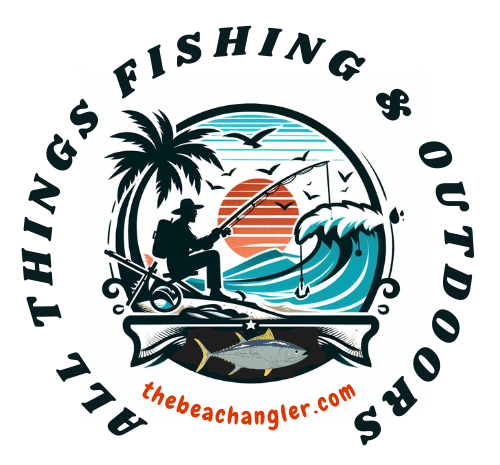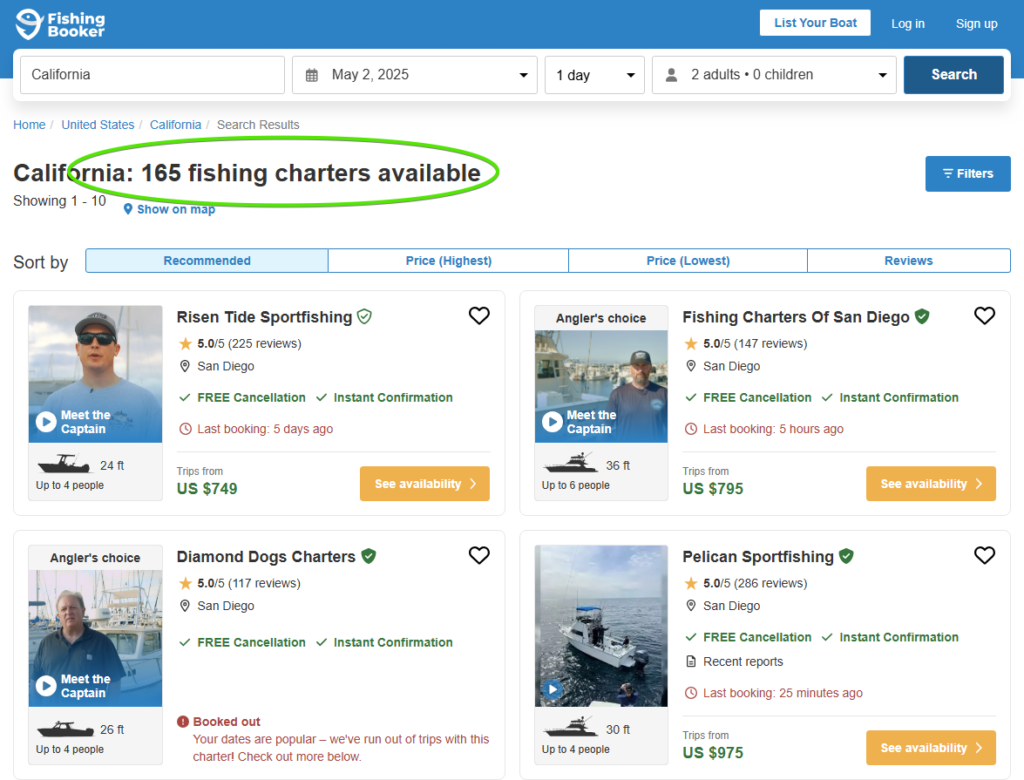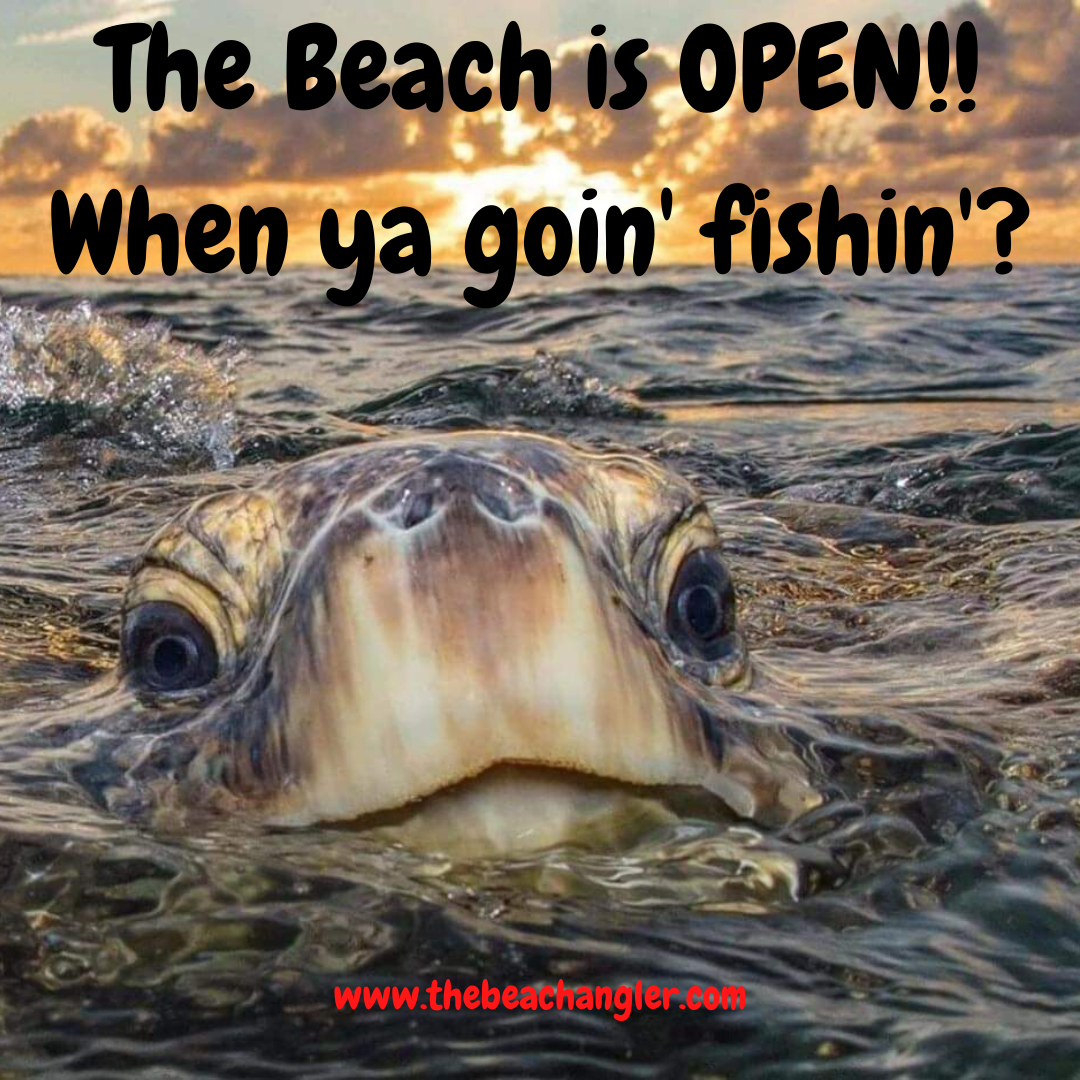California Yellowtail are a prize catch among anglers, recognized for their fighting spirit and delicious taste. They’re part of the jack family and thrive in the warm waters off Southern California.
These fish are not only known for their strength but also their intelligence. They tend to travel in schools, making them an exciting challenge to target in the open waters near coastal islands.
QUICK LOOK Tips for Catching California Yellowtail
- Proper Bait: When it comes to fishing for California Yellowtail, selecting the right bait is crucial. These fish are often enticed by live bait like sardines and anchovies. The natural movement of live bait can make all the difference in getting the Yellowtail’s attention.
- Master the Techniques: Adaptability is crucial, so knowing when to switch between techniques depending on conditions can be what sets successful anglers apart. Read the water, observe the fish’s behavior, and adjust your approach to maintain an edge.
- Find Prime Locations: Finding the right spot to fish is as important as your bait and tackle. Southern California offers some of the best locations for Yellowtail fishing, with islands like Catalina and San Clemente being top choices. These islands provide the structure and baitfish congregations that Yellowtail love.
- Get the Right Gear: Selecting the right gear is crucial for landing California Yellowtail. The fight these fish put up requires robust equipment capable of handling their strength.
- Book a Charter Trip: If you are new to yellowtail fishing, there are many quality charters operating in California where you can learn the ropes and catch some fish before venturing out on your own.
Yellowtail primarily feed on smaller baitfish like sardines and anchovies, which can often dictate your bait choice when heading out to fish. By understanding their habits and preferred prey, you can increase your chances of a successful catch.
While they can be found year-round, peak fishing times typically align with the warmer months when they are more active and closer to the surface. Recognizing their seasonal patterns can be a game-changer for planning your trips.
California Yellowtail are typically found around coastal reefs, kelp beds, and rocky formations. These locations not only offer shelter and food for the fish but also provide thrilling fishing experiences as you navigate these challenging spots.
Choosing Your Bait is The Secret to Success
When it comes to fishing for California Yellowtail, selecting the right bait is crucial. These fish are often enticed by live bait like sardines and anchovies. The natural movement of live bait can make all the difference in getting the Yellowtail’s attention.
- Using a small hook is key. It allows your bait to swim freely, maintaining the natural behavior that attracts Yellowtail. This subtle technique minimizes interference and can significantly increase your chances of a bite.
- It’s important to keep your bait lively and fresh for optimal effectiveness. Storing bait properly and handling it with care ensures they remain appealing. Fresh bait conveys natural signals that predatory fish like Yellowtail can’t resist.
- While live sardines and anchovies are popular, sometimes it’s worth experimenting with small mackerel to see what works best on a particular day. Flexibility and adaptability can be your greatest assets in fishing.
- Finally, watch out for the conditions when choosing your bait. Factors like water temperature and clarity can affect how visible and attractive your bait is to Yellowtail, so always be prepared to adjust accordingly.
Mastering Techniques for Targeting Yellowtail
Mastering the right techniques can significantly improve your Yellowtail fishing success.
- Fly-lining is one trusted method where you let the live bait drift naturally near the surface. It can be especially effective in clear, calm waters where Yellowtail tend to hunt for food.
- Chumming is another strategy to attract Yellowtail closer to your fishing spot. By dispersing chopped bait, you create a feeding frenzy that can draw in these prized fish. The key is maintaining a steady flow to keep their interest.
- Then there’s the use of iron jigs, particularly effective for those deeper bites. Surface irons are great when targeting Yellowtail near the top of the water column. By letting the jig flutter in the water, you mimic the erratic movements of their prey.
- Yo-yoing jigs involves dropping the lure to the seafloor and quickly retrieving to tease the fish’s interest. It’s a bit more active than other methods but can yield great results, especially in deeper waters.
Adaptability is crucial, so knowing when to switch between techniques depending on conditions can be what sets successful anglers apart. Read the water, observe the fish’s behavior, and adjust your approach to maintain an edge.
Prime Locations and Finding the Best Spots
Finding the right spot to fish is as important as your bait and tackle. Southern California offers some of the best locations for Yellowtail fishing, with islands like Catalina and San Clemente being top choices. These islands provide the structure and baitfish congregations that Yellowtail love.
When you’re on the hunt, keep an eye out for signs of life. Bird activity often indicates schools of baitfish are nearby, and where there’s bait, Yellowtail are likely not far behind. This tip can guide you to more productive spots without relying solely on maps or technology.
Exploring the rocky outcrops, kelp forests, and underwater plateaus around these islands can uncover prime Yellowtail habitats. They favor these areas as they provide cover and ample feeding opportunities.
Don’t hesitate to tap into local expertise by speaking with fellow anglers or using guides. They can provide insights into the best fishing grounds that may not be well-documented or widely known.
Utilizing technology, such as fish finders or navigational chart apps, can enhance your location scouting. These tools can highlight underwater structures that may hold Yellowtail. Combining tech with natural signs increases your chances of a rewarding day on the water.
Outfitting Your Tackle Box with Essential Gear for Success
Selecting the right gear is crucial for landing California Yellowtail. The fight these fish put up requires robust equipment capable of handling their strength.
- Starting with rods, a medium to heavy action rod is a safe bet. This type provides the backbone needed to set the hook and control the fish during the fight.
- Choosing between spinning and conventional reels comes down to personal preference, though it’s worth noting that conventional reels often offer better line capacity and control for the type of deep-sea fishing Yellowtail requires. A reliable reel with smooth drag is essential for managing runs without risking a line break.
- Using braided line has become increasingly popular due to its strength and minimal stretch, providing improved sensitivity when detecting subtle bites. Pair this with a fluorocarbon leader for its low visibility underwater, an advantage in the clear waters Yellowtail are typically found.
- When it comes to hooks, circle or J-hooks in the appropriate size for the bait you’ll be using ensure secure hook-ups and reduce the chance of the bait coming off during casting or drift fishing. Matching hook size to the bait is crucial for achieving a natural presentation.
- Having versatility in your tackle box by carrying a variety of jigs and lures means you can adapt to changing conditions and fish behavior. Always keep a few different options to increase your chances of success, as fish preferences can shift throughout the day.
Tips and Tricks from the Pros
Getting tips from seasoned anglers can elevate your Yellowtail fishing game. Pros often stress the importance of staying patient and observant as conditions on the water can change quickly, affecting fish behavior.
One common piece of advice is to always be prepared to switch tactics. If one technique isn’t yielding results, trying another like switching from fly-lining to using surface irons can turn the tide of your day.
Avoiding common mistakes is essential. Rushing to set the hook too soon often leads to lost fish, so it’s key to let the bait sit until you feel a solid pull. Similarly, overly aggressive reeling can cause gear failures or line breaks when fighting a strong Yellowtail.
Watchful observation isn’t just about nature; it’s about learning from other experienced anglers too. By watching their techniques, gear choices, and bait usage, you can gain insights into what’s working that day.
Moreover, sharing your experiences with other fishers can teach you new tricks and tips while fostering community among fellow anglers. Being open to learning and adapting will keep you sharp and successful on the water.
Book a Charter to Shorten Your Learning Curve
California is a big state with hundreds of miles of Pacific Ocean coastline. It also have an abundance of quality fishing charters, many of which specialize is yellowtail fishing. If you have never fished for yellowtail, booking a charter trip might be your best option.
They’ll put you on fish, have the gear and bait you need, and they will show you the proper techniques to catch fish. Then, you will have a solid base of experience to operate from when you decide to venture out on your own in pursuit of California Yellowtail.
Check Out Our Most Recent Articles:
- Tips For Fishing In Different Weather Conditions

- 5 Revolutionary Features of the Minn Kota Riptide Instinct Quest Series Trolling Motor

- 5 Features The Z-Man HerculeZ Swimbait

- 7 Tips for Fishing Gulf Of Mexico Nearshore Rigs In Texas

- 6 Top Features of Okuma Hakai Baitcast Reels
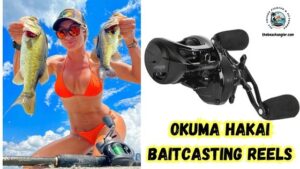
- The Daiwa Lazy Fashad

As always, stay safe, enjoy the journey and please try to leave it cleaner than you found it. If you have any comments, questions, ideas, or suggestions please leave them in the comment section below and I’ll get back to you ASAP. You can follow us on Facebook: Rex The Beach Angler, Instagram: thebeachangler7, Twitter: @AnglerBeach, and YouTube: Man Art Creations.
P.S. – Thanks so much for checking out our blog, we really appreciate it. Just so you know, we may receive a commission if you click on some of the links that appear on our site. This helps us keep our content free and up-to-date for everyone. We appreciate your support!
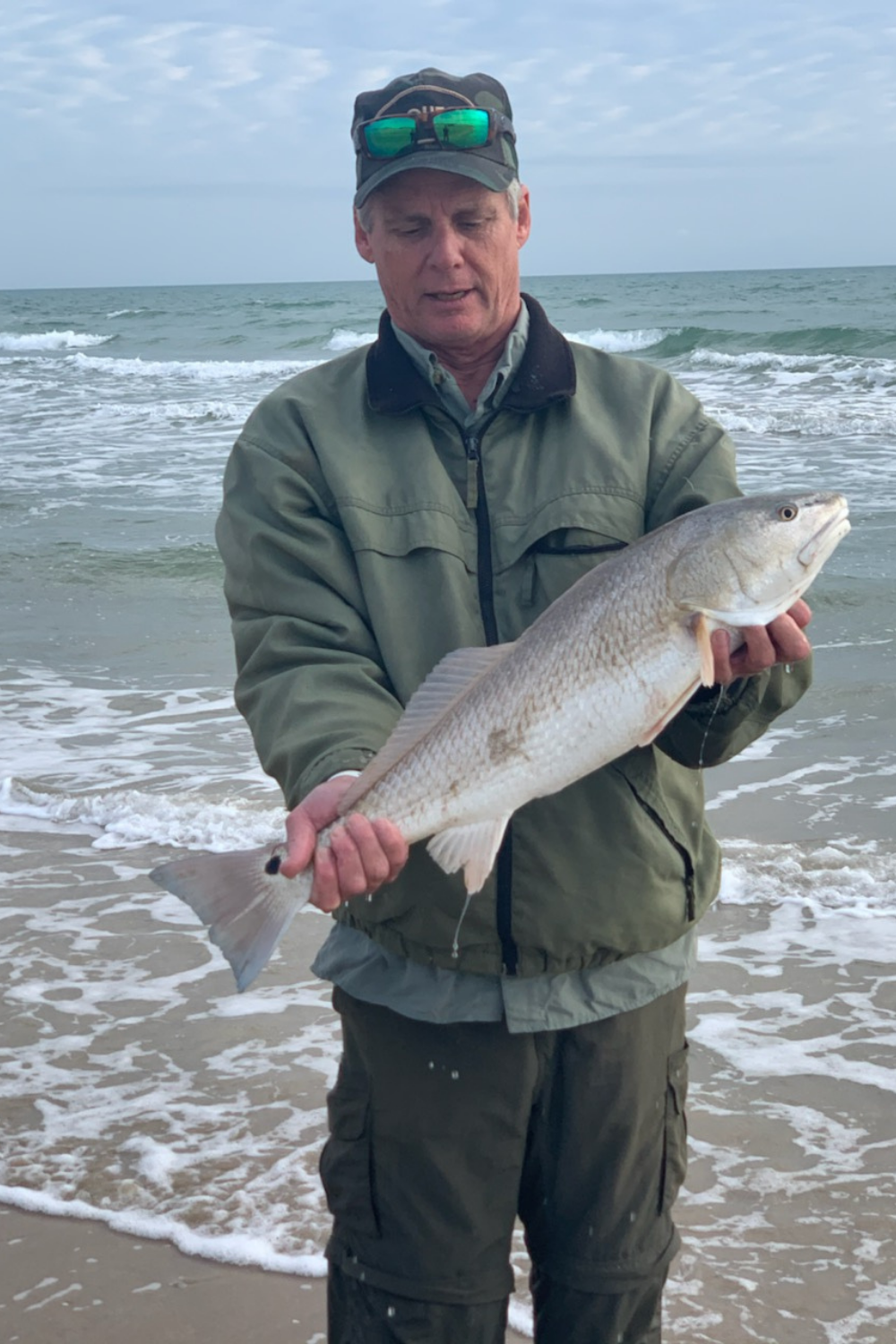
A life long surf fisherman with 50+ years of experience, I am also an avid hunter and outdoorsman. I will be sharing my passion for the outdoors with you so be prepared for hunting, fishing, camping, hiking and more. Along with gear reviews and the latest trends and innovations in the outdoor industry.
